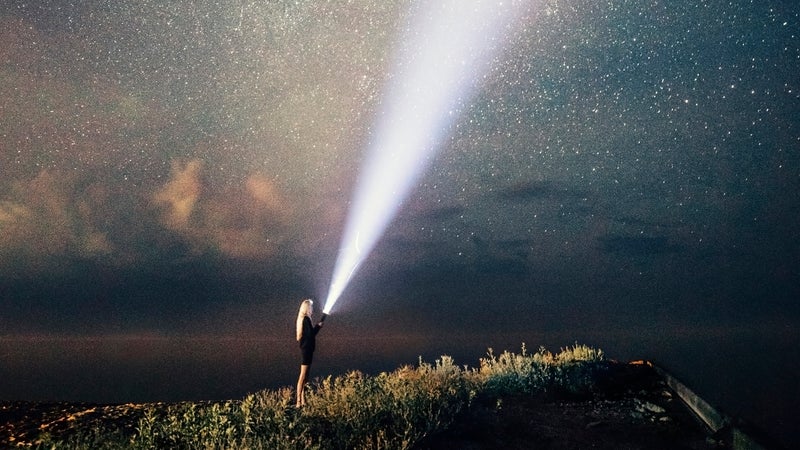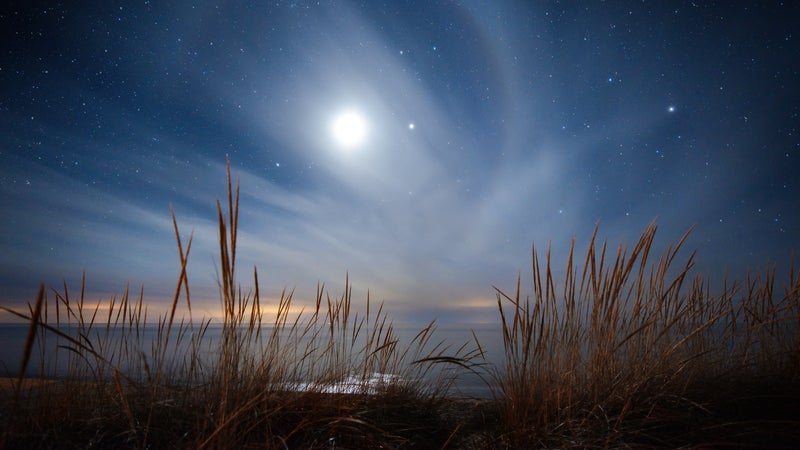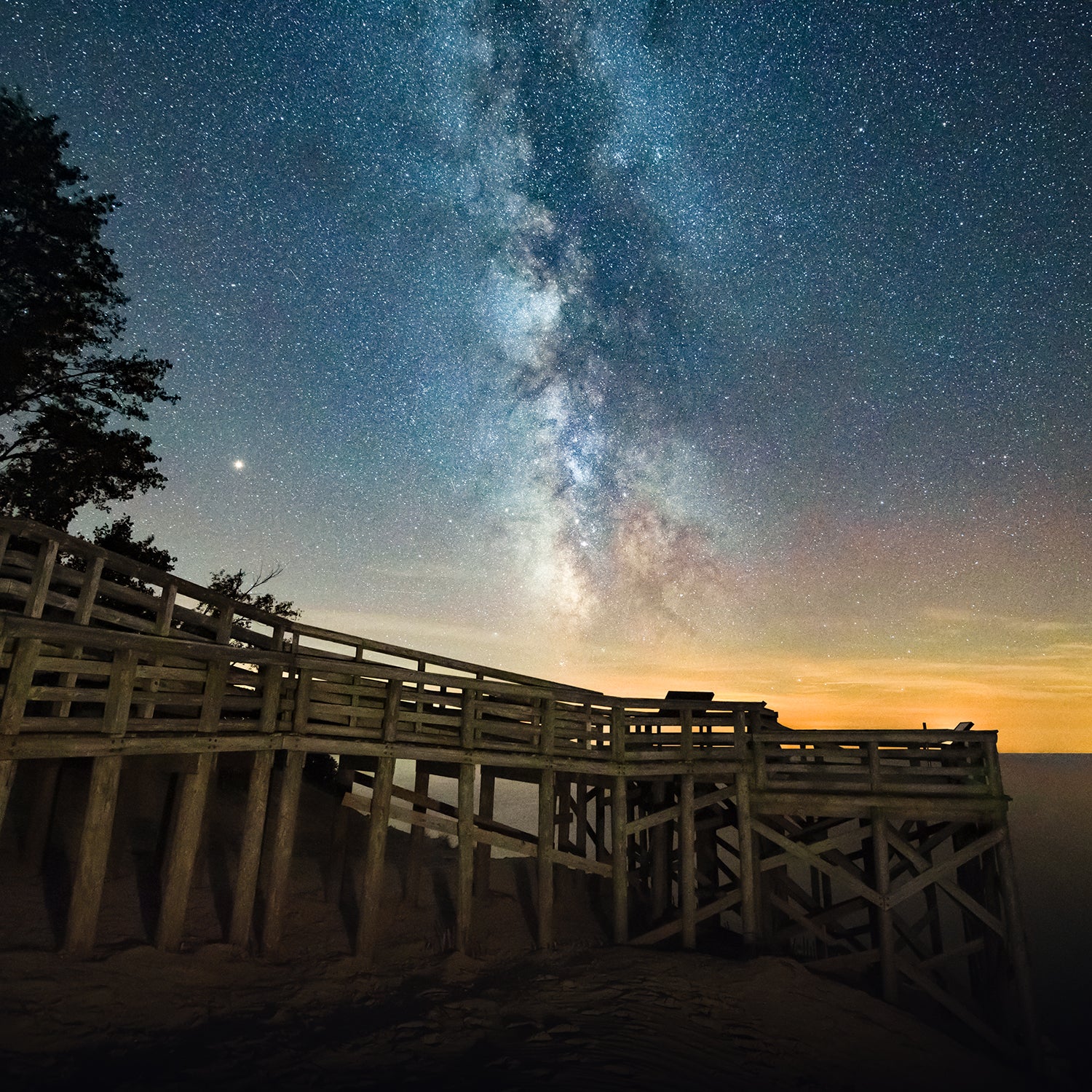The rule of thumb for watching the night sky is pretty simple: the darker the better. It turns out the state of has some of the darkest parks, lakeshores, and wilderness areas in the U.S., making it a premier destination for stargazers. Here鈥檚 a quick guide to the state鈥檚 best spots.
Headlands International Dark Sky Park
The southern part of Michigan may be known for its cities, but head north on the Lower Peninsula, also known as the mitten, and things start to get very dark very quickly. One of the darkest spots is , a 550-acre parcel of forest in Emmet County overlooking the straits dividing Lake Michigan and Lake Huron. In 2011, the area passed a rigorous vetting process to become one of just ten International Dark Sky Parks in the world at the time.
Stargazing 101
Five tips for seeing something truly spectacular in the night sky.What that means is the place has as little light pollution as possible, and local and county authorities have agreed to keep it that way for the foreseeable future. A multi-agency consortium manages the area, and it rents out a guesthouse and event center to sky gazers and nature lovers. Several times a month the staff hosts stargazing parties as well as a Junior Sky Rangers program and other . But it鈥檚 what you can see with your naked eye from the two miles of聽shoreline that is most impressive. During the summer, the Milky Way dominates the heavens with the Perseid meteor shower lighting up August nights.
The State鈥檚 Darkest State Parks
While Headlands is the only International Dark Sky Park in the state, Michigan has state-designated dark sky preserves聽within six state parks. , just ten miles west of Headlands, offers similar super-dark views along its 26 miles of coastline overlooking the upper reaches of Lake Michigan and Sturgeon Bay.

Three other聽state parks that are home to dark sky preserves, , Rockport, and , along the northeast coast of the mitten near Alpena, all overlook Lake Huron and protect untouched stretches of the shore. Strict rules keep campers and other visitors from spoiling the night sky with too much light, meaning all three are great for setting up a telescope or just sitting on a log and hunting for Mars. Sky gazing isn鈥檛 the only activity, of course: each park has miles of trails for day hiking, and Rockport has unusual sinkholes, a bat hibernaculum, a shipwreck, and great coves for sea kayaking.
, on Michigan鈥檚 thumb, includes 565 acres of woods, dunes, and beaches as well as a viewing platform near the day-use area that is perfectly situated for getting the widest prospect of the protected night sky. And, surprisingly, , along the Michigan-Ohio border, in the more populated southern section of the state, is also a dark sky preserve.
National Treasures
, in the northwest corner of the mitten, has some of the largest sand dunes in the eastern United States. It also has some of the best stargazing along the Lake Michigan shore. Each month, the lakeshore hosts a in conjunction with the Grand Traverse Astronomical Society.

In the U.P., , at the northern edge of the peninsula overlooking Lake Superior, is like Disneyland for stargazers鈥攜ou can see meteor showers, auroras, and views of the Milky Way. (The forests, striated sandstone cliffs, backcountry camping, and sea kayaking are pretty spectacular, too.)
But the darkest of the dark parks may be , a six-hour boat ride from the city of Houghton on the Upper Peninsula. Situated in the middle of Lake Superior, this little-visited park has almost no skyglow and just a couple of small lodges on either end. You can leave your binoculars and telescope at home. When the sky is clear, the Milky Way can fill up the whole view and the aurora borealis can throb across the horizon.
Michigan has some of the darkest parks, lakeshores, and wilderness areas in the U.S. and it’s one of the best places in the world to view the northern lights. Learn more about stargazing here聽and聽plan your next trip to .听

